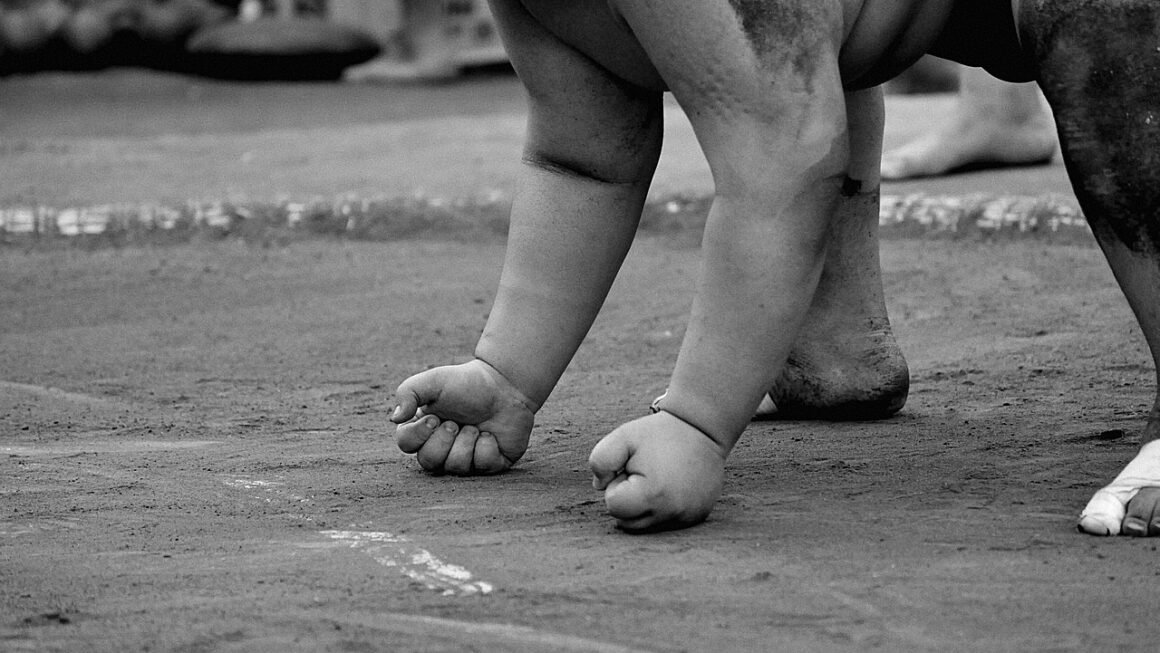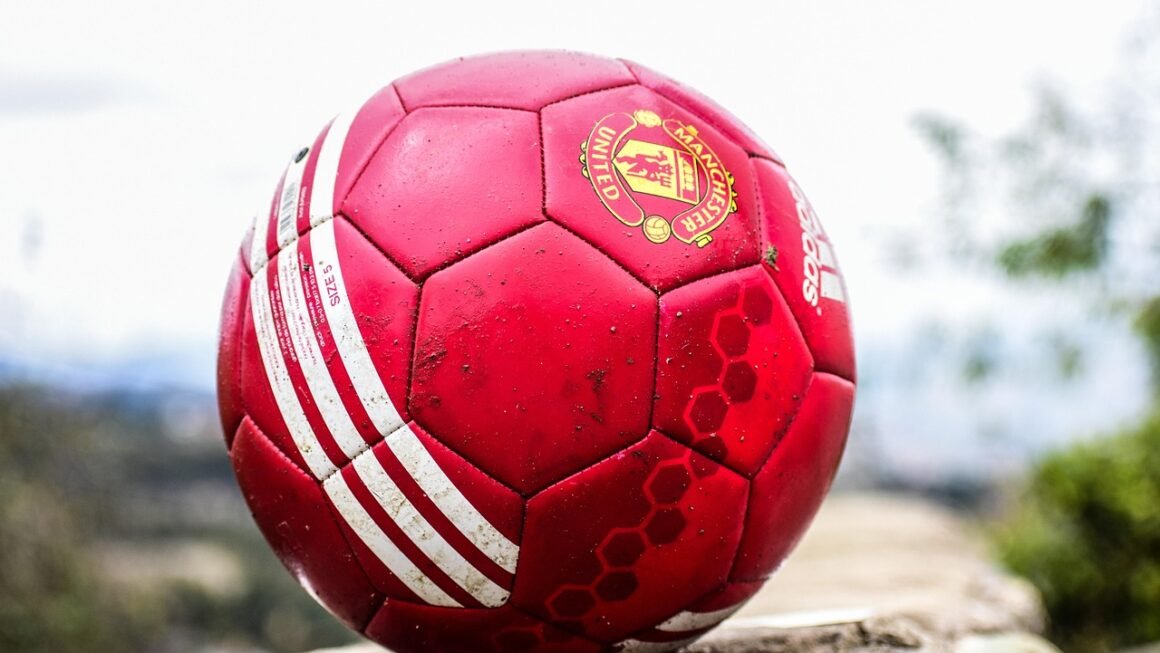Mixed Martial Arts (MMA) has exploded in popularity, evolving from a niche spectacle to a global phenomenon. This electrifying combat sport combines elements of various martial arts disciplines, offering a unique and thrilling viewing experience. Whether you’re a seasoned fan or a curious newcomer, understanding the nuances of MMA can greatly enhance your appreciation of this dynamic sport. Let’s delve into the world of MMA, exploring its history, rules, training, and more.
What is MMA?
MMA, short for Mixed Martial Arts, is a full-contact combat sport that allows the use of striking and grappling techniques, both standing and on the ground, from a variety of other combat sports and martial arts. It aims to allow fighters of different styles to compete in a relatively even playing field, testing their skills and adaptability.
A Brief History of MMA
The roots of MMA can be traced back to ancient Greece with Pankration, a martial art that combined boxing and wrestling. Modern MMA emerged in the early 1990s, with the creation of organizations like the Ultimate Fighting Championship (UFC). Initially, the UFC had very few rules, but over time, regulations were implemented to improve fighter safety and standardize the sport. Today, MMA is governed by a complex set of rules designed to minimize serious injuries while preserving the essence of combat.
The Core Disciplines
MMA fighters typically cross-train in several martial arts disciplines to develop a well-rounded skillset. Some of the most common include:
- Boxing: Provides striking skills for stand-up fighting.
- Brazilian Jiu-Jitsu (BJJ): Focuses on grappling and submissions, enabling fighters to control opponents on the ground.
- Muay Thai: A striking art that utilizes punches, kicks, knees, and elbows.
- Wrestling: Emphasizes takedowns and control, allowing fighters to dictate where the fight takes place.
- Kickboxing: A stand-up combat sport involving both punches and kicks.
- Judo: A grappling art emphasizing throws and takedowns.
By mastering these disciplines, fighters can effectively transition between striking and grappling, making them formidable opponents in the cage.
Understanding the Rules and Regulations
MMA has evolved significantly since its early days. A comprehensive rule set ensures fighter safety and fair competition.
Key Rules
- Weight Classes: Fighters are categorized into weight classes to ensure a fair match-up. Examples include Flyweight, Bantamweight, Featherweight, Lightweight, Welterweight, Middleweight, Light Heavyweight, and Heavyweight.
- Rounds and Time Limits: A standard MMA fight typically consists of three five-minute rounds, while championship fights are five five-minute rounds.
- Prohibited Techniques: Certain techniques are illegal in MMA to protect fighter safety. These include eye-gouging, headbutting, groin strikes, and striking a downed opponent in the head.
- Judging Criteria: Judges score each round based on criteria such as effective striking, grappling, control of the fighting area, and aggressiveness.
- Methods of Victory: A fight can end in several ways:
Knockout (KO): An opponent becomes unconscious due to strikes.
Technical Knockout (TKO): The referee stops the fight due to an opponent’s inability to defend themselves.
Submission: An opponent taps out (submits) due to pain or pressure from a submission hold.
Decision: Judges score the fight, and the fighter with the highest score wins (Unanimous, Split, or Majority Decision).
Disqualification: A fighter is disqualified for illegal actions.
No Contest: The fight is declared a No Contest due to unforeseen circumstances (e.g., an accidental foul that renders a fighter unable to continue).
Fouls and Penalties
Fighters who commit fouls during a fight can be penalized. Examples of fouls include:
- Striking to the back of the head.
- Eye gouging.
- Groin attacks.
- Using small joint manipulation.
- Spiking an opponent on their head or neck.
Penalties for fouls can range from warnings to point deductions, and in severe cases, disqualification.
Training for MMA
MMA training is rigorous and demanding, requiring dedication and discipline. Fighters must develop skills in striking, grappling, and conditioning.
Striking Drills
Striking drills are crucial for developing punching, kicking, and other striking techniques. Common drills include:
- Pad Work: Training with a coach using focus mitts to improve striking accuracy and power.
- Heavy Bag Work: Developing power and endurance by striking a heavy bag.
- Sparring: Practicing striking techniques with a partner in a controlled environment.
- Footwork Drills: Improving agility and movement in the cage.
Grappling and Submission Training
Grappling and submission training are essential for controlling opponents on the ground. Key elements include:
- Wrestling Drills: Practicing takedowns, escapes, and control techniques.
- Brazilian Jiu-Jitsu (BJJ) Sparring: Rolling with training partners to improve grappling skills and learn new submissions.
- Submission Defense: Learning to escape from common submission holds.
- Ground and Pound: Training to strike an opponent effectively while on the ground.
Strength and Conditioning
MMA fighters require exceptional strength and conditioning to withstand the demands of combat. Key aspects include:
- Cardiovascular Training: Running, swimming, and other cardio exercises to improve endurance.
- Strength Training: Lifting weights to build strength and power.
- Plyometrics: Exercises such as jump squats and box jumps to improve explosiveness.
- Circuit Training: Combining strength and cardio exercises to improve overall fitness.
Nutrition and Recovery
Proper nutrition and recovery are vital for MMA fighters. They need to fuel their bodies with a balanced diet and allow adequate time for recovery to prevent injuries and optimize performance.
- High-Protein Diet: Consuming enough protein to support muscle growth and repair.
- Complex Carbohydrates: Providing energy for intense training sessions.
- Healthy Fats: Supporting overall health and hormone production.
- Sleep and Rest: Allowing the body to recover from training.
- Active Recovery: Low-intensity exercises to promote blood flow and reduce muscle soreness.
The Biggest Organizations and Fighters
MMA has several major organizations, each with its own roster of talented fighters. The UFC is the most prominent, but others like Bellator and ONE Championship are also gaining popularity.
Top MMA Organizations
- Ultimate Fighting Championship (UFC): The leading MMA organization globally, known for its high-profile events and star fighters.
- Bellator MMA: A major competitor to the UFC, showcasing a diverse roster of fighters.
- ONE Championship: A Singapore-based organization that focuses on martial arts from across Asia.
- Professional Fighters League (PFL): Uses a season-based format with a playoff system.
Famous MMA Fighters
Throughout MMA history, certain fighters have achieved legendary status. Some notable examples include:
- Conor McGregor: An Irish fighter known for his striking skills and charismatic personality.
- Amanda Nunes: Widely regarded as the greatest female MMA fighter of all time.
- Georges St-Pierre (GSP): A Canadian fighter known for his well-rounded skillset and strategic approach.
- Khabib Nurmagomedov: A Russian fighter known for his dominant grappling skills.
- Jon Jones: An American fighter known for his unorthodox striking and grappling abilities.
- Israel Adesanya: A Nigerian-born New Zealand fighter known for his striking.
These fighters have captivated audiences with their skills, athleticism, and competitive spirit, helping to elevate MMA to the global stage.
Conclusion
MMA is a complex and dynamic sport that combines elements of various martial arts disciplines. From its humble beginnings to its current status as a global phenomenon, MMA has undergone significant changes, evolving into a safe and well-regulated sport. Whether you’re a fan of striking, grappling, or a combination of both, MMA offers something for everyone. By understanding the rules, training methods, and key figures in the sport, you can appreciate the skill, dedication, and athleticism required to succeed in the world of MMA.



